Delaying The Russians
Japan’s Ground Self-Defense Force (JGSDF) has recently been shifting its attention to the southwestern region, particularly towards Okinawa in an effort to counter China, highlighting its breakaway from the long-held “Northern Focus” strategy.
During the Cold War, JGSDF’s fundamental strategy was driven by the Soviet threat from the north, culminating in the concentration of four divisions in Hokkaido.
Among these units, the 2nd Division based in Asahikawa was to be the first responders towards any Soviet invasion.
- General Information
| Personnel | 7,500 soldiers |
| Establishment | January 18, 1962 |
| Headquarters | Camp Asahikawa |
| Defense Area | Northern Hokkaido |
| Main Units | 2nd Tank Regiment 3rd Rapid Deployment Regiment 25th Infantry Regiment 26th Infantry Regiment 2nd Artillery Regiment 2nd Air Defense Battalion 2nd Rear-Support Regiment 2nd Engineer Battalion 2nd Communications Battalion 2nd Helicopter Unit 2nd Recon Unit |
Known as the “Northern Division,” the 2nd Division inherited the role of the former Imperial Army’s 7th Division, which was also stationed in Asahikawa as the “Guardian of the North.”
Consequently, the 2nd Division was allocated with new equipment at the time, such as the Type 74 tank, and it continues to operate a regiment-sized armored unit which is extremely rare for a JGSDF division (the 7th Armored Division as an exception).
Being larger than the standard JGSDF divisions and receiving prior access to new equipment, the 2nd Division was expected to be the first unit to intercept enemy forces.
Their job was to engage the advancing enemy at Otoineppu, a strategic crossroad in northern Hokkaido, and ideally hold them off until reinforcements arrived. Since any forces landing in places like Wakkanai, Teshio, and Hamatonbetsu would require to pass this vital point in their advance southward, the small village was to be the main defense line for the 2nd division.
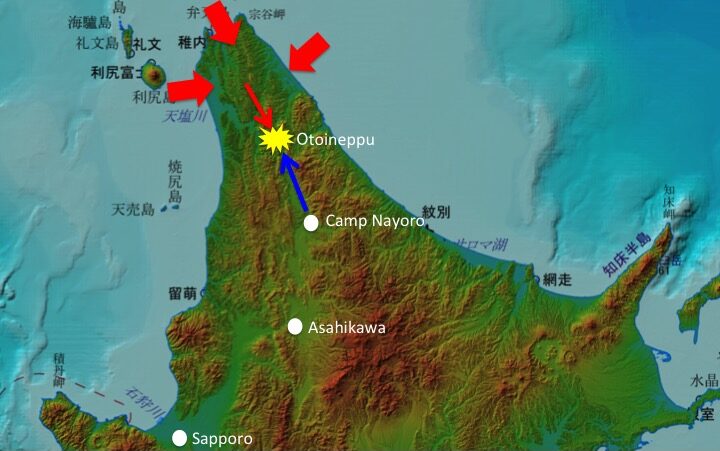
However, in reality, the 2nd division would employ a defense-in-depth strategy, gradually falling back and buying time for the 7th armored division and the US military to come to the rescue.
This tactic of delaying the enemy was only feasible due to Hokkaido’s vast territory, but it would inevitably inflict high casualties to the 2nd division, portraying their role as sacrificial.
The 2nd division was anticipated to suffer heavy losses to a point where they would be rendered ineffective as a division. Upon this grim reality, the 2nd division was designated to transition to guerrilla warfare afterwards, leading to the prior allocation of highly-skilled Ranger personnel.
From a Static to Mobile Unit
The collapse of the Soviet Union greatly diminished the 2nd division’s role as a sacrificial pawn, but it still continues to serve as the main unit in delaying a Russian invasion, though the likelihood of such attempt is extremely low given the amount of casualties sustained in the Russo-Ukrainian War.
Basically, Russia is currently incapable of landing any sizable force on Hokkaido, let alone a full-scale invasion.
In response to the volatile security environment, the 2nd Division has changed from a static defense unit to a more mobile one capable of deploying to other areas.
Following this transition, the infantry regiment stationed at Camp Nayoro, whom was mainly responsible for the delaying tactics, has been restructured into a rapid deployment regiment.
In order to enhance their mobility and firepower, the regiment has received Type 16 maneuver combat vehicles, making them more suitable for rapid on-road deployments.
Moreover, while there has been a reduction of personnel among artillery and tank units across Hokkaido, the rapid deployment forces have actually seen an increase.
For instance, although the 2nd Division decreased their personnel at Camp Asahikawa and Kamifurano, the rapid deployment regiment at Camp Nayoro is scheduled to receive more people in the future.


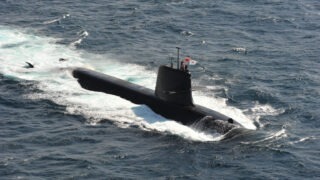
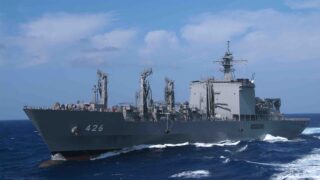
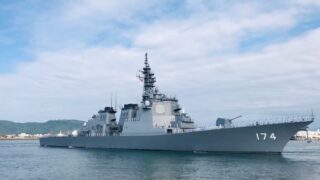
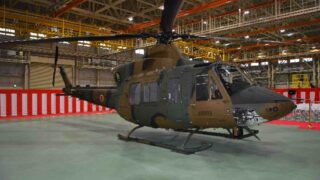
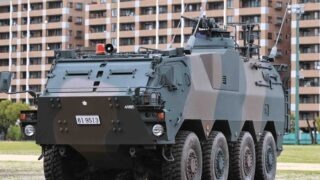
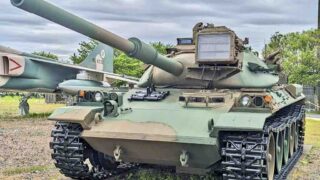
-320x180.jpg)
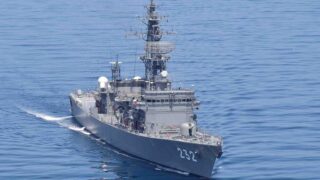
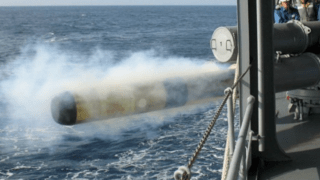
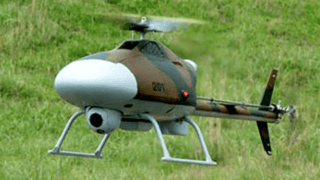
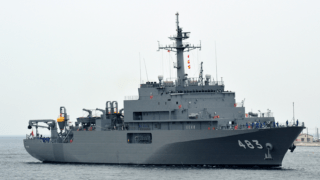
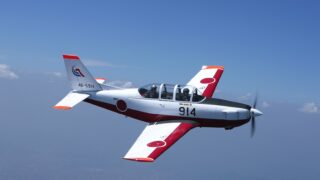
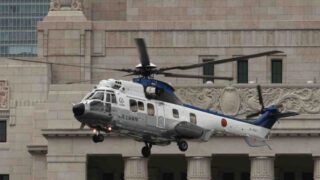
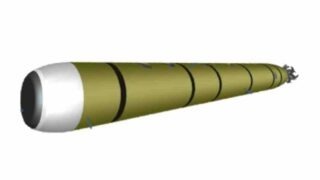
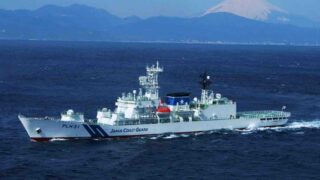
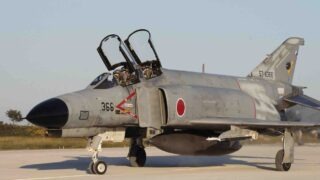
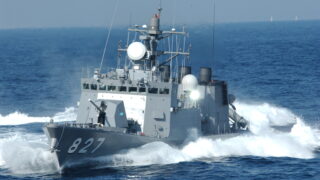
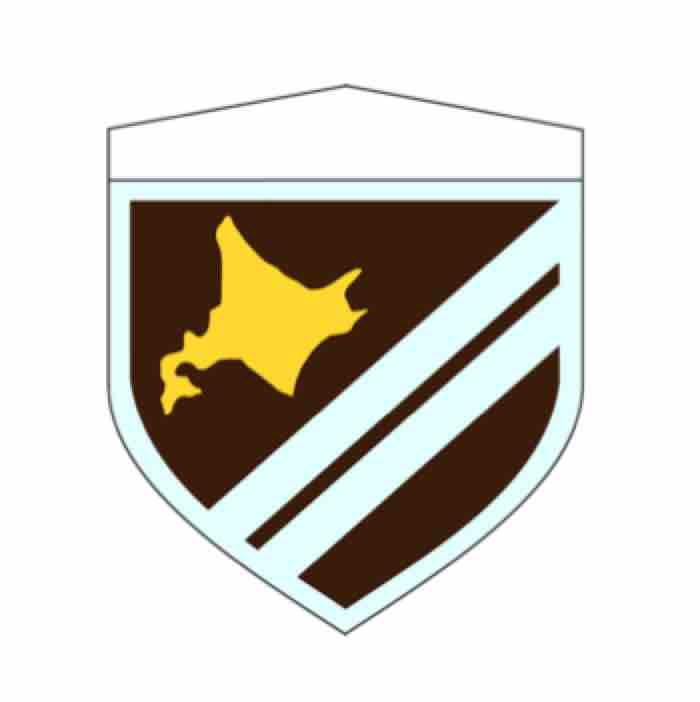
Comments